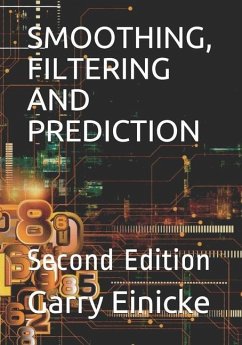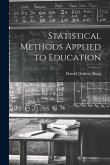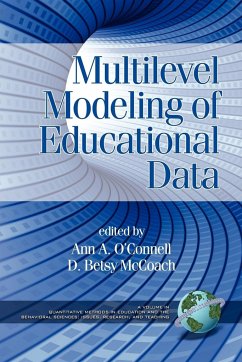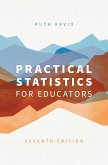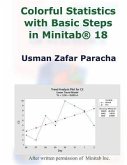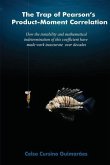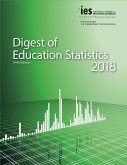Scientists, engineers and the like are a strange lot. Unperturbed by societal norms, they direct their energies to finding better alternatives to existing theories and concocting solutions to unsolved problems. Driven by an insatiable curiosity, they record their observations and crunch the numbers. This tome is about the science of crunching. It's about digging out something of value from the detritus that others tend to leave behind. The described approaches involve constructing models to process the available data. Smoothing entails revisiting historical records in an endeavour to understand something of the past. Filtering refers to estimating what is happening currently, whereas prediction is concerned with hazarding a guess about what might happen next. This book describes the classical smoothing, filtering and prediction techniques together with some more recently developed embellishments for improving performance within applications. It aims to present the subject in an accessible way, so that it can serve as a practical guide for undergraduates and newcomers to the field. The material is organised as an eleven-lecture course. The foundations are laid in Chapters 1 and 2, which explain minimum-mean-square-error solution construction and asymptotic behaviour. Chapters 3 and 4 introduce continuous-time and discrete-time minimum-variance filtering. Generalisations for missing data, deterministic inputs, correlated noises, direct feedthrough terms, output estimation and equalisation are described. Chapter 5 simplifies the minimum-variance filtering results for steady-state problems. Observability, Riccati equation solution convergence, asymptotic stability and Wiener filter equivalence are discussed. Chapters 6 and 7 cover the subject of continuous-time and discrete-time smoothing. The main fixed-lag, fixed-point and fixed-interval smoother results are derived. It is shown that the minimum-variance fixed-interval smoother attains the best performance. Chapter 8 attends to parameter estimation. As the above-mentioned approaches all rely on knowledge of the underlying model parameters, maximum-likelihood techniques within expectation-maximisation algorithms for joint state and parameter estimation are described. Chapter 9 is concerned with robust techniques that accommodate uncertainties within problem specifications. An extra term within Riccati equations enables designers to trade-off average error and peak error performance. Chapter 10 applies the afore-mentioned linear techniques to nonlinear estimation problems. It is demonstrated that step-wise linearisations can be used within predictors, filters and smoothers, albeit by forsaking optimal performance guarantees. Chapter 11 rounds off the course by exploiting knowledge about transition probabilities. HMM and minimum-variance-HMM filters and smoothers are derived. The improved performance offered by these techniques needs to be reconciled against the significantly higher calculation overheads.
Hinweis: Dieser Artikel kann nur an eine deutsche Lieferadresse ausgeliefert werden.
Hinweis: Dieser Artikel kann nur an eine deutsche Lieferadresse ausgeliefert werden.

